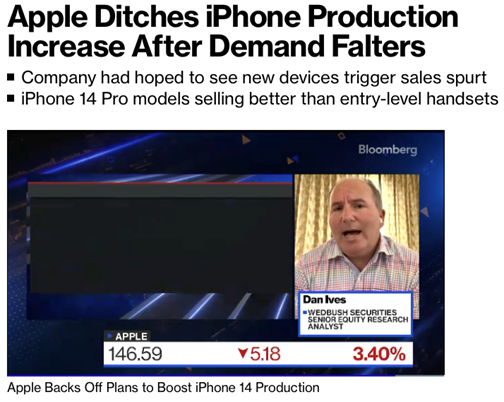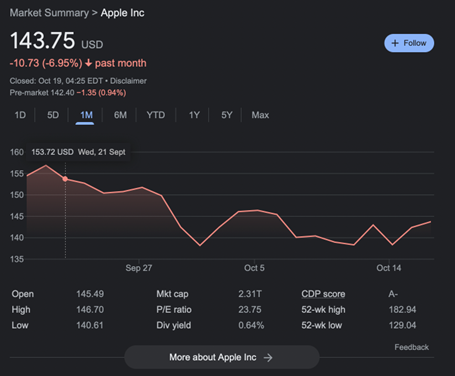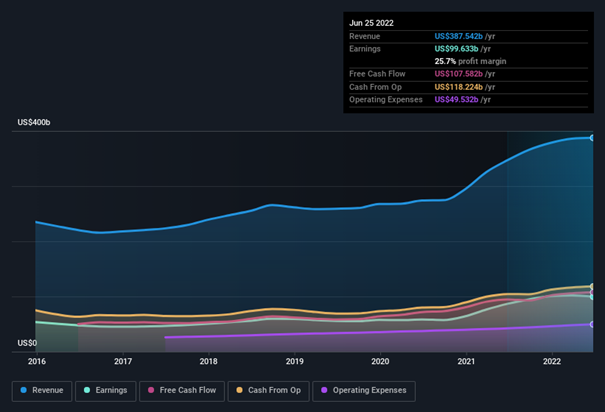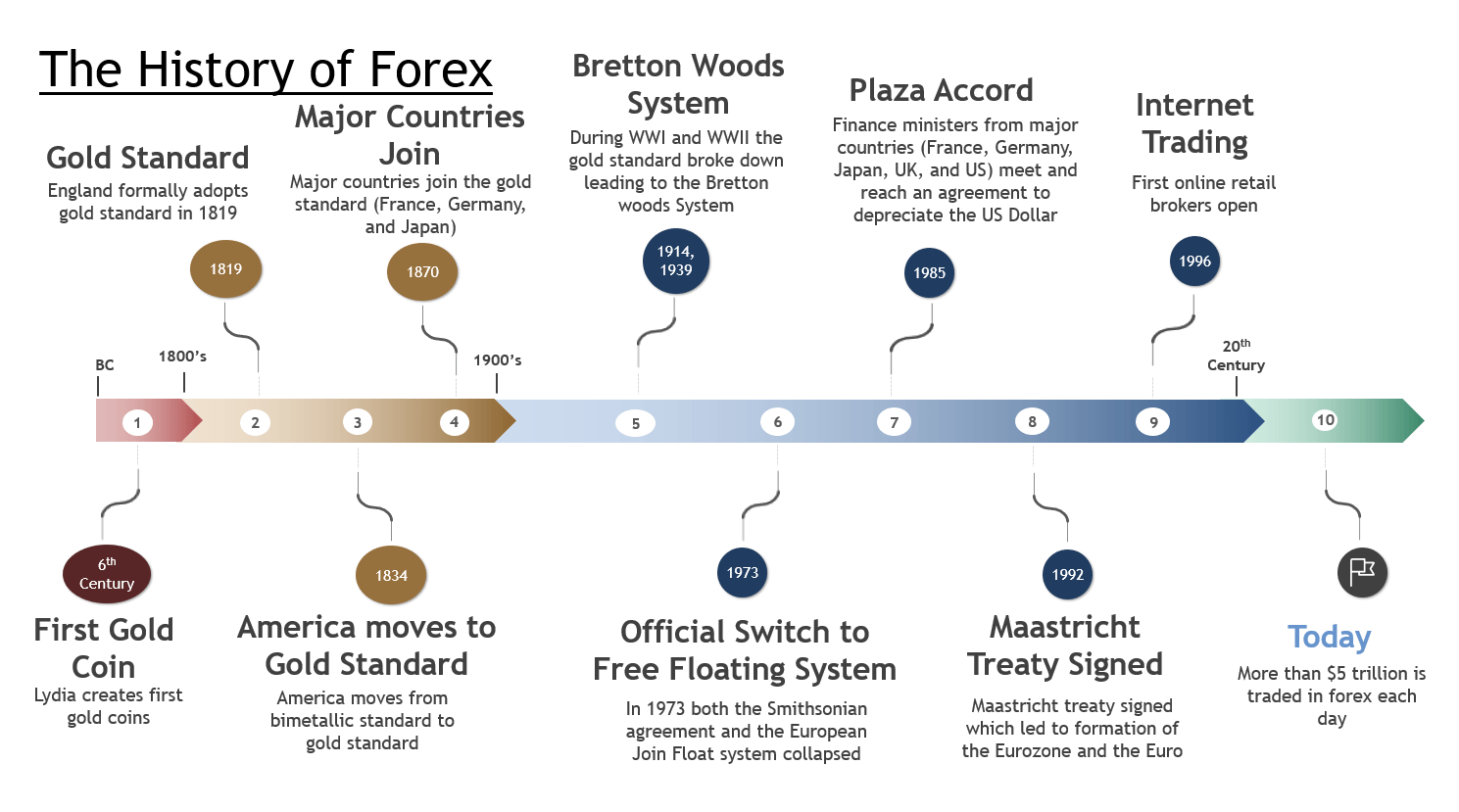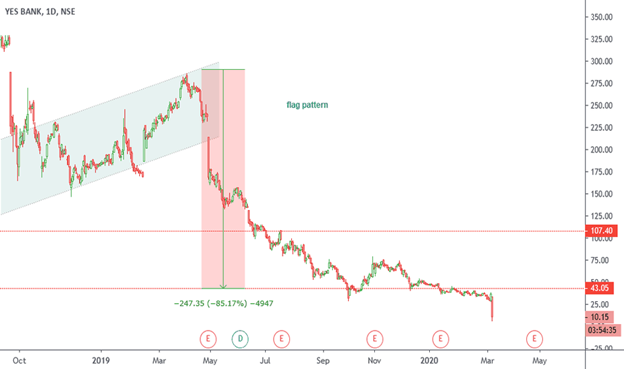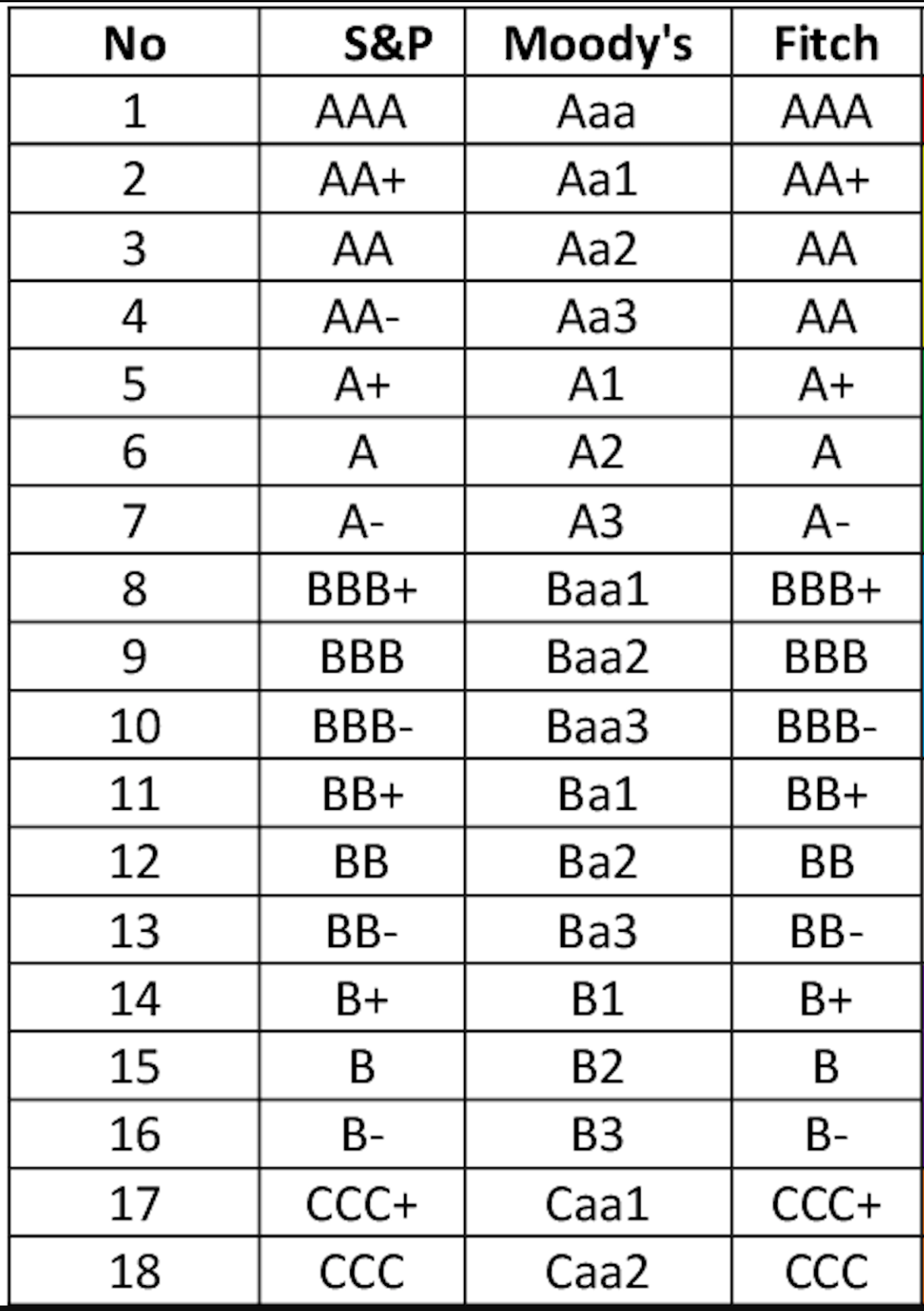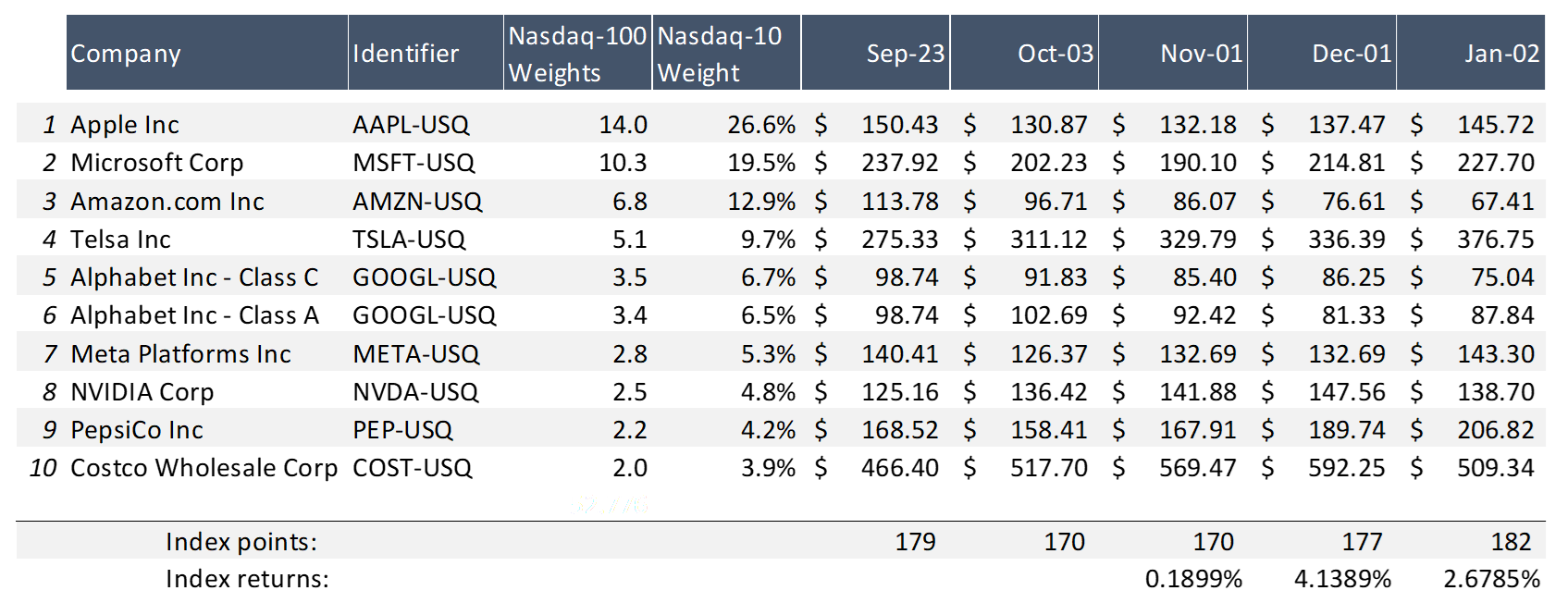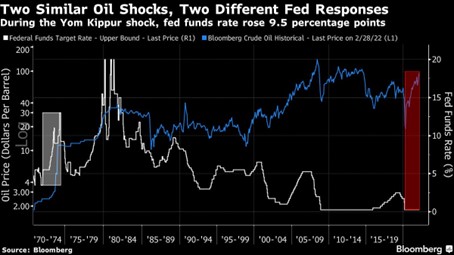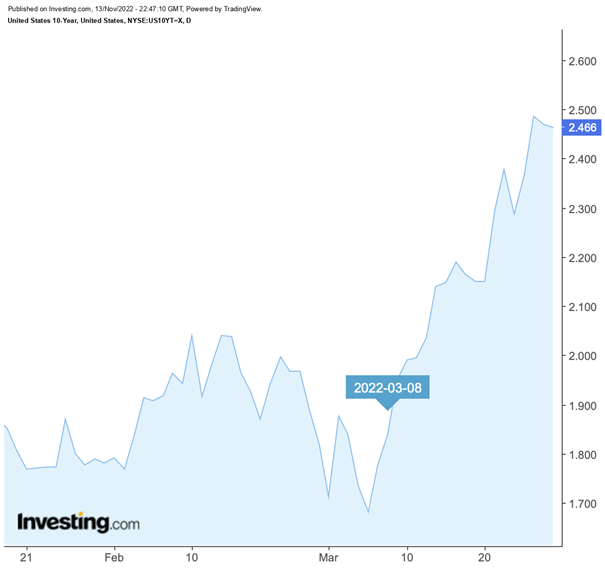In this article, Youssef LOURAOUI (Bayes Business School, MSc. Energy, Trade & Finance, 2021-2022) presents the Fama-MacBeth two-step regression method used to test asset pricing models. The seminal paper by Fama and MacBeth (1973) was based on an investigation of the market factor by evaluating portfolios of stocks with similar betas. In this article I will elaborate on the methodology and assess the statistical significance of the market factor as a fundamental driver of return.
This article is structured as follow: we introduce the Fama-MacBeth testing method used in asset pricing. Then, we present the mathematical foundation that underpins their approach. I then apply the Fama-MacBeth to recent US stock market data. Finally, I expose the limitations of their approach and conclude to discuss the generalization of the original study to other risk factors.
Introduction
The two-step regression method proposed by Fama-MacBeth was originally used in asset pricing to test the Capital Asset Pricing Model (CAPM). In this model, there is only one risk factor determining the variability of returns: the market factor.
The first step is to regress the return of every asset against the risk factor using a time-series approach. We obtain the return exposure to the factor called the “beta” or the “factor exposure” or the “factor loading”.
The second step is to regress the returns of all assets against the asset betas obtained in Step 1 during a given time period using a cross-section approach. We obtain the risk premium associated with the market factor. Then, Fama and MacBeth (1973) assess the expected premium over time for a unit exposure to the risk factor by averaging these coefficients once for each element.
Mathematical foundations
We describe below the mathematical foundations for the Fama-MacBeth two-step regression method.
Step 1: time-series analysis of returns
The model considers the following inputs:
- The return of N assets denoted by Ri for asset i observed over the time period [0, T].
- The risk factor denoted by F for the market factor impacting the asset returns.
For each asset i (for i varying from 1 to N) we estimate the following time-series linear regression model:

From this model, we obtain the following coefficients: αi and βi which are specific to asset i.
Figure 1 represents for a given asset (Apple stocks) the regression of its return with respect to the S&P500 index return (representing the market factor in the CAPM). The slope of the regression line corresponds to the beta of the regression equation.
Figure 1. Step 1: time-series regression for a given asset (Apple stock and the S&P500 index).
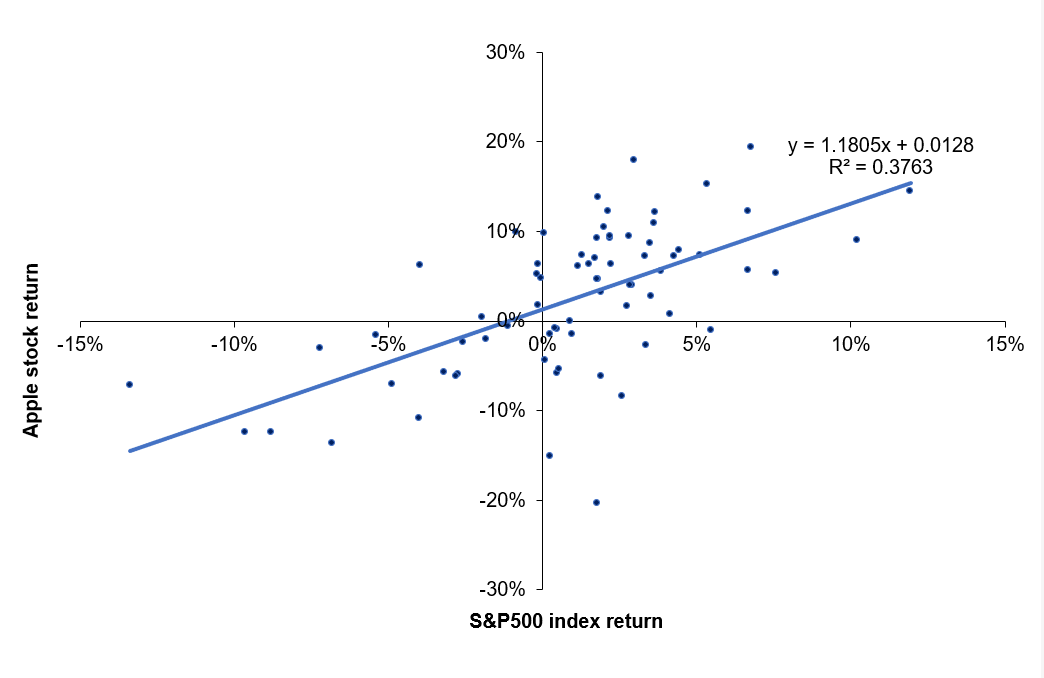 Source: computation by the author.
Source: computation by the author.
Step 2: cross-sectional analysis of returns
For each period t (from t equal 1 to T), we estimate the following cross-section linear regression model:

Figure 2 plots for a given period the cross-sectional returns and betas for a given point in time.
Figure 2 represents for a given period the regression of the return of all individual assets with respect to their estimated individual market beta.
Figure 2. Step 2: cross-section regression for a given time-period.
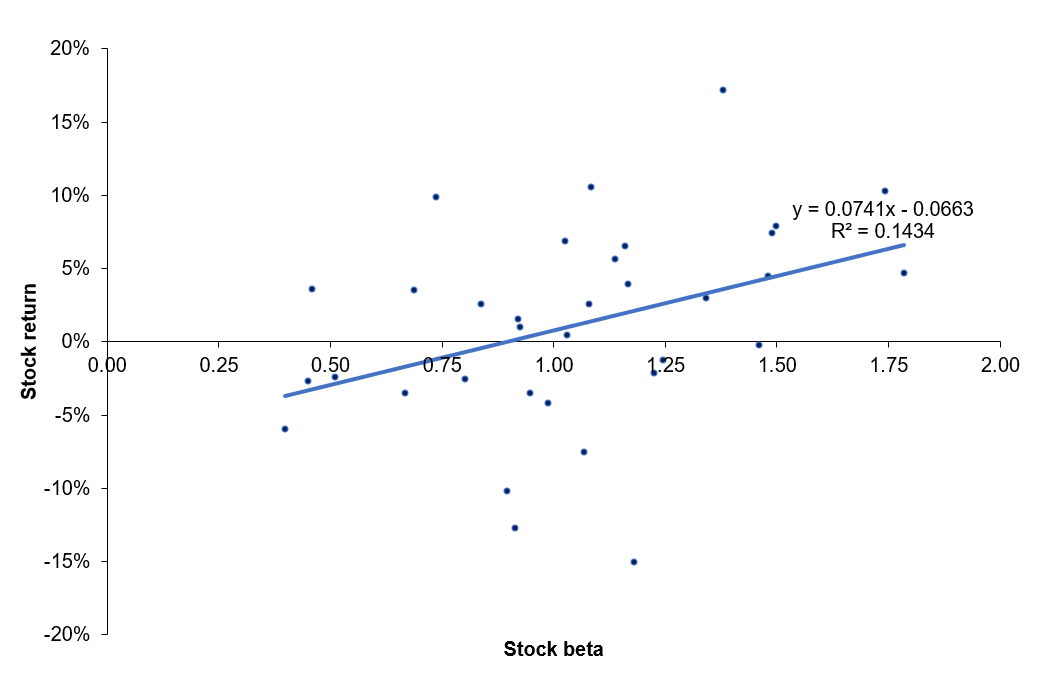
Source: computation by the author.
We average the gamma obtained for each data point. This is the way the Fama-MacBeth method is used to test asset pricing models.
Empirical study of the Fama-MacBeth regression
The seminal paper by Fama and MacBeth (1973) was based on an analysis of the market factor by assessing constructed portfolios of similar betas ranked by increasing values. This approach helped to overcome the shortcoming regarding the stability of the beta and correct for conditional heteroscedasticity derived from the computation of the betas for individual stocks. They performed a second time the cross-sectional regression of monthly portfolio returns based on equity betas to account for the dynamic nature of stock returns, which help to compute a robust standard error and assess if there is any heteroscedasticity in the regression. The conclusion of the seminal paper suggests that the beta is “dead”, in the sense that it cannot explain returns on its own (Fama and MacBeth, 1973).
Empirical study: Stock approach
We downloaded a sample of end-of-month stock prices of large firms in the US economy over the period from March 31, 2016, to March 31, 2022. We computed monthly returns. To represent the market, we chose the S&P500 index.
We then applied the Fama-MacBeth two-step regression method to test the market factor (CAPM).
Figure 3 depicts the computation of average returns and the betas and stock in the analysis.
Figure 3. Computation of average returns and betas of the stocks.
 Source: computation by the author.
Source: computation by the author.
Figure 4 represents the first step of the Fama-MacBeth regression. We regress the average returns for each stock with their respective betas.
Figure 4. Step 1 of the regression: Time-series analysis of returns
 Source: computation by the author.
Source: computation by the author.
The initial regression is statistically evaluated. To describe the behavior of the regression, we employ a t-statistic. Since the p-value is in the rejection area (less than the significance limit of 5 percent), we can deduce that the market factor can at first explain the returns of an investor. However, as we are going deal in the later in the article, when we account for a second regression as formulated by Fama and MacBeth (1973), the market factor is not capable of explaining on its own the return of asset returns.
Figure 5 represents Step 2 of the Fama-MacBeth regression, where we perform for a given data point a regression of all individual stock returns with their respective estimated market beta.
Figure 5. Step 2: cross-sectional analysis of return.
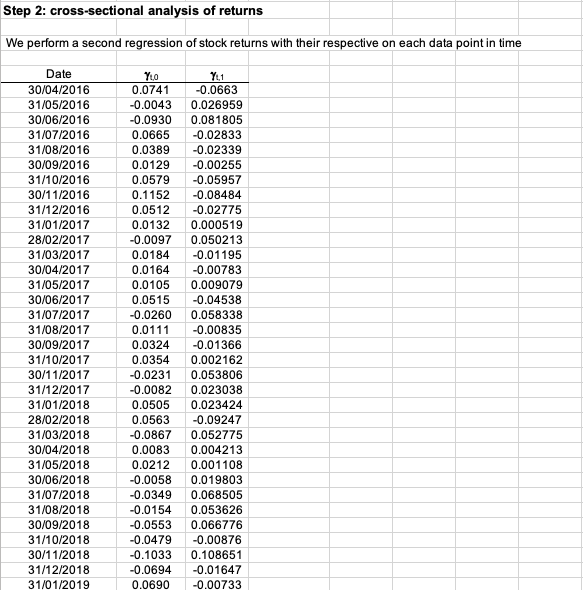 Source: computation by the author.
Source: computation by the author.
Figure 6 represents the hypothesis testing for the cross-sectional regression. From the results obtained, we can clearly see that the p-value is not in the rejection area (at a 5% significance level), hence we cannot reject the null hypothesis. This means that the market factor fails to explain properly the behavior of asset returns, which undermines the validity of the CAPM framework. These results are in line with Fama-MacBeth (1973).
Figure 6. Hypothesis testing of the cross-sectional regression.
 Source: computation by the author.
Source: computation by the author.
Excel file for the Fama-MacBeth two-step regression method
You can find below the Excel spreadsheet that complements the explanations covered in this article to implement the Fama-MacBeth two-step regression method.
Limitations of the Fama-McBeth approach
Selection of the market index
For the CAPM to be valid, we need to determine if the market portfolio is in the Markowitz efficient curve. According to Roll (1977), the market portfolio is not observable because it cannot capture all the asset classes (human capital, art, and real estate among others). He then believes that the returns cannot be captured effectively and hence makes the market portfolio, not a reliable factor in determining its efficiency.
Furthermore, the coefficients estimated in the time-series regressions are sensitive to the market index chosen for the study. These shortcomings must be taken into account when assessing CAPM studies.
Stability of the coefficients
The beta of individual assets are not stable over time. Fama and MacBeth attempted to address this shortcoming by implementing an innovative approach.
When betas are computed using a monthly time-series, the statistical noise of the time series is considerably reduced as opposed to shorter time frames (i.e., daily observation).
Using portfolio betas makes the coefficient much more stable than using individual betas. This is due to the diversification effect that a portfolio can achieve, reducing considerably the amount of specific risk.
Conclusion
Risk factors are frequently employed to explain asset returns in asset pricing theories. These risk factors may be macroeconomic (such as consumer inflation or unemployment) or microeconomic (such as firm size or various accounting and financial metrics of the firms). The Fama-MacBeth two-step regression approach found a practical way for measuring how correctly these risk factors explain asset or portfolio returns. The aim of the model is to determine the risk premium associated with the exposure to these risk factors.
Why should I be interested in this post?
Fama-MacBeth made a significant contribution to the field of econometrics. Their findings cleared the way for asset pricing theory to gain traction in academic literature. The Capital Asset Pricing Model (CAPM) is far too simplistic for a real-world scenario since the market factor is not the only source that drives returns; asset return is generated from a range of factors, each of which influences the overall return. This framework helps in capturing other sources of return.
Related posts on the SimTrade blog
▶ Youssef LOURAOUI Fama-MacBeth regression method: N-factors application
▶ Youssef LOURAOUI Fama-MacBeth regression method: stock and portfolio approach
▶ Jayati WALIA Capital Asset Pricing Model (CAPM)
▶ Youssef LOURAOUI Origin of factor investing
▶Youssef LOURAOUI Factor Investing
Useful resources
Academic research
Brooks, C., 2019. Introductory Econometrics for Finance (4th ed.). Cambridge: Cambridge University Press. doi:10.1017/9781108524872
Fama, E. F., MacBeth, J. D., 1973. Risk, Return, and Equilibrium: Empirical Tests. Journal of Political Economy, 81(3), 607–636.
Roll R., 1977. A critique of the Asset Pricing Theory’s test, Part I: On Past and Potential Testability of the Theory. Journal of Financial Economics, 1, 129-176.
American Finance Association & Journal of Finance (2008) Masters of Finance: Eugene Fama (YouTube video)
Business Analysis
NEDL. 2022. Fama-MacBeth regression explained: calculating risk premia (Excel). [online] Available at: [Accessed 29 May 2022].
About the author
The article was written in December 2022 by Youssef LOURAOUI (Bayes Business School, MSc. Energy, Trade & Finance, 2021-2022).





